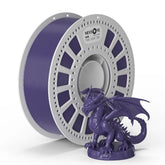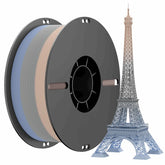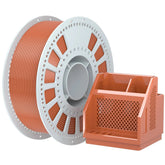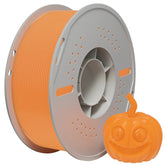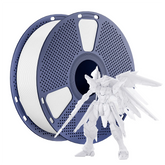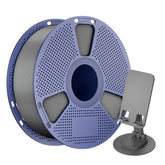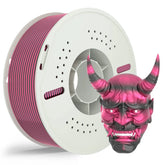What are the types and benefits of 3D printing?
What are the types and benefits of 3D printing?
3D printing, also known as additive manufacturing, encompasses several different technologies and offers numerous advantages across various industries and applications.

Main Types of 3D Printing Technologies
| Type | Process | Common Materials | Typical Uses |
|---|---|---|---|
| FDM / FFF (Fused Deposition Modeling / Fused Filament Fabrication) | Melts and extrudes thermoplastic filament layer by layer. | PLA, ABS, PETG, TPU, Nylon, composites | Prototypes, hobby projects, functional parts, low-cost manufacturing |
| SLA (Stereolithography) | Uses a laser to cure liquid resin layer by layer. | Photopolymer resins | High-detail models, dental/medical models, jewelry prototypes |
| DLP (Digital Light Processing) | Similar to SLA but uses a digital projector to cure resin in whole layers at once. | Photopolymer resins | Fast resin printing, miniatures, dental aligners |
| SLS (Selective Laser Sintering) | Fuses powdered material with a laser. | Nylon, TPU, composites | Strong functional parts, small-batch manufacturing |
| MJF (Multi Jet Fusion) | Inkjet array selectively fuses powder with detailing agents and heat. | Nylon, PA12, TPU | Durable production parts, functional prototypes |
| Binder Jetting | Binds powder material with a liquid binding agent, later sintered. | Metal, sand, ceramics | Metal parts, molds, full-color models |
| DMLS / SLM (Direct Metal Laser Sintering / Selective Laser Melting) | Fully melts or sinters metal powder with a laser. | Stainless steel, titanium, aluminum | Aerospace, medical implants, high-performance tools |
| PolyJet / Material Jetting | Jets liquid photopolymer droplets that are cured by UV light. | Multi-material photopolymers | Multi-color, multi-material prototypes, realistic models |
| EBM (Electron Beam Melting) | Uses an electron beam to melt metal powder in a vacuum. | Titanium alloys | Aerospace, medical implants |
Key Benefits of 3D Printing
Design Freedom
- Create complex geometries impossible with traditional manufacturing
- Internal cavities, lattice structures, and organic shapes
- No need for assembly of multiple parts
- Topologically optimized designs for weight reduction
Rapid Prototyping
- Quick iteration from design to physical prototype
- Test form, fit, and function early in development
- Reduce product development time and costs
- Multiple design variations can be tested simultaneously
Customization and Personalization
- Mass customization without retooling costs
- Personalized medical devices and prosthetics
- Custom-fit products for individual users
- On-demand production of spare parts
Cost-Effective for Small Batches
- No need for expensive molds or tooling
- Economic production of low-volume parts
- Bridge manufacturing between prototype and mass production
- Ideal for specialized or niche applications
Waste Reduction
- Additive process uses only necessary material
- Reduced material waste compared to subtractive manufacturing
- Some materials are recyclable (especially thermoplastics)
- On-demand production reduces inventory waste
Supply Chain Simplification
- Distributed manufacturing capabilities
- Reduced shipping and storage costs
- Digital inventory of designs rather than physical parts
- Local production of components
Educational and Research Benefits
- Hands-on learning tool for STEM education
- Visualization of complex concepts
- Affordable access to manufacturing technology
- Encourages innovation and creativity
Industry Applications
Healthcare: Prosthetics, surgical guides, dental appliances, bioprinting
Aerospace: Lightweight components, complex ducts, tooling
Automotive: Prototypes, custom tooling, end-use parts
Architecture: Scale models, building components, construction printing
Consumer Goods: Customized products, spare parts, toys
Education: Teaching aids, student projects, research tools
Current Limitations
While 3D printing offers many benefits, it also has limitations:
- Slower production speeds for large quantities
- Material properties may differ from traditional manufacturing
- Post-processing often required
- Size limitations depending on printer build volume
- Higher per-unit costs for mass production
3D printing continues to evolve rapidly, with new materials, technologies, and applications emerging regularly, making it an increasingly valuable tool across numerous industries and for personal use.


